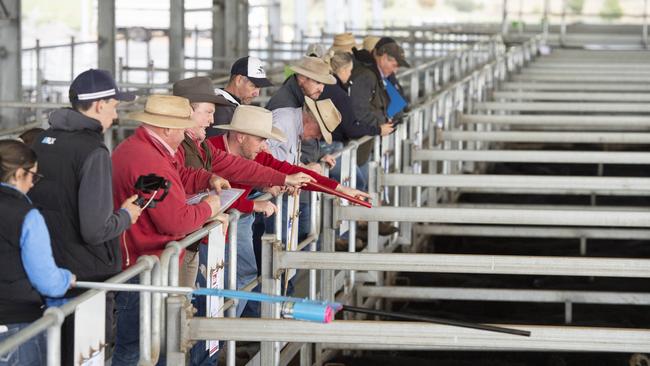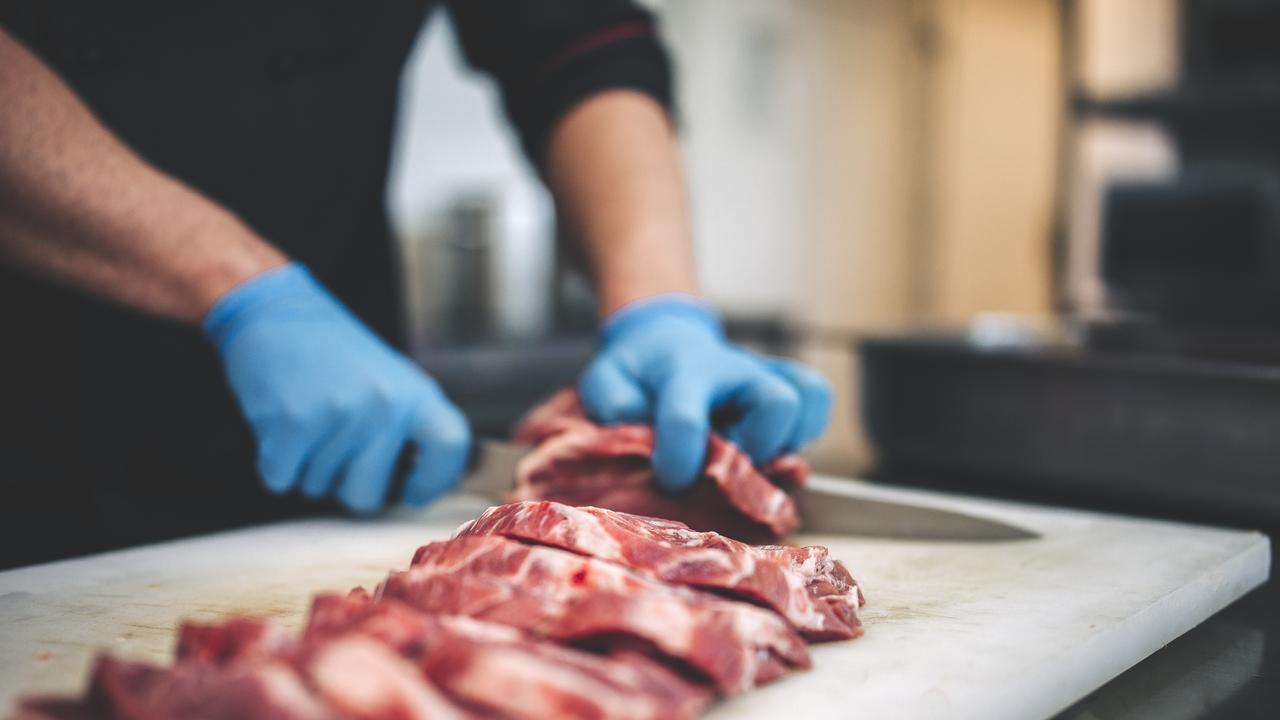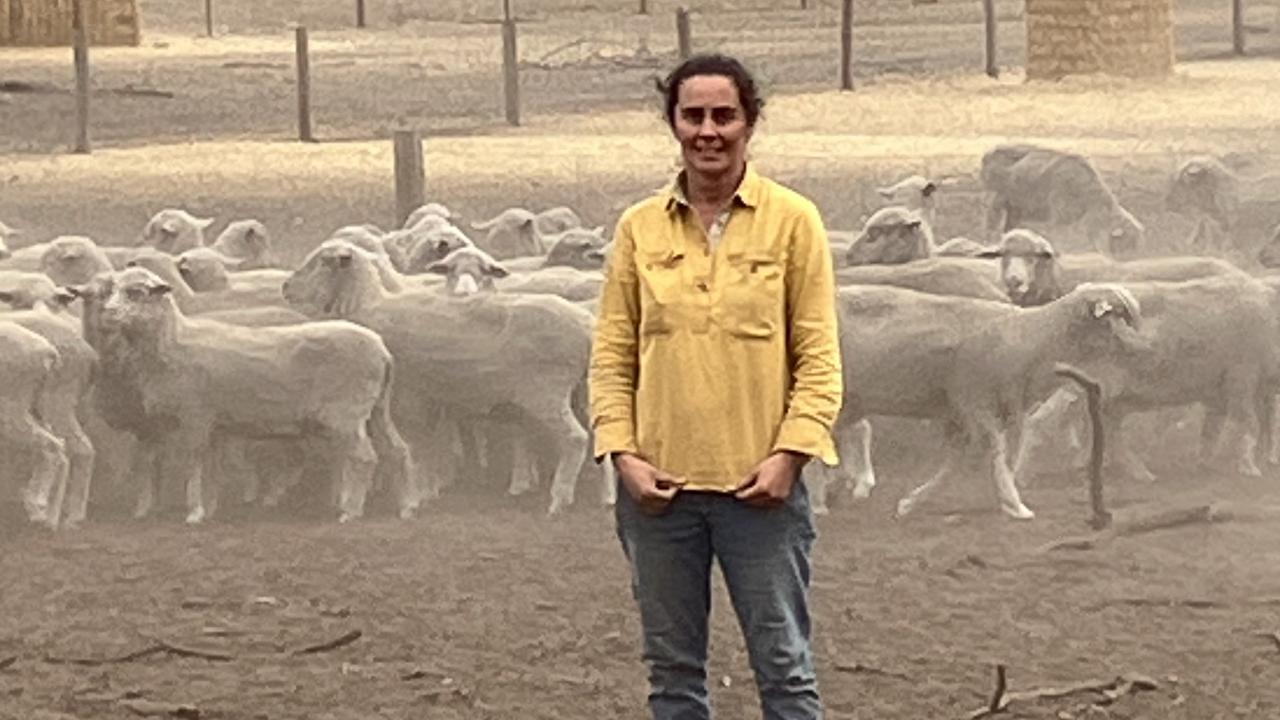Young cattle, heifers sold down as major breeding regions destock
Young cattle are being turned off three to six months early, along with breeders, as dry conditions push some drought-stricken southern producers to destock up to 30 per cent.
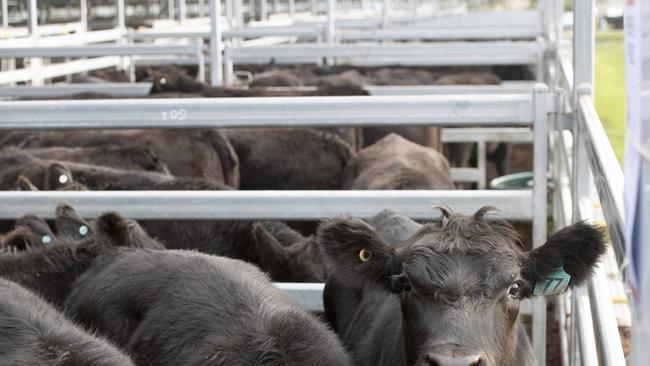
Young cattle are being turned off three to six months early, along with breeders, as dry conditions push some drought-stricken southern producers to destock.
This was producing lucrative trading opportunities for producers in other parts of Australia with grass, with one analyst saying the gap between steer and heifer prices was double 10-year averages.
Major breeding areas of western Victoria and the south-east South Australia are battling the driest conditions seen in at least 20 years and as winter temperatures plummet, many producers are pulling the pin.
Naracoorte agent Richard Harvie, of Pinkerton Palm Hamlyn and Steen, said in the past fortnight clients started selling breeding cows and calves and he estimated the entire region would destock 25-30 per cent of all stock on hand to get through to spring.
Two years of poor prices and tough seasons would set back farm cash reserves five years, Mr Harvie said.
“I have clients selling now, 12- to-13-month-old cattle that might make $900-$1000, whereas in six months they might get $400 more, but they haven’t got feed.”
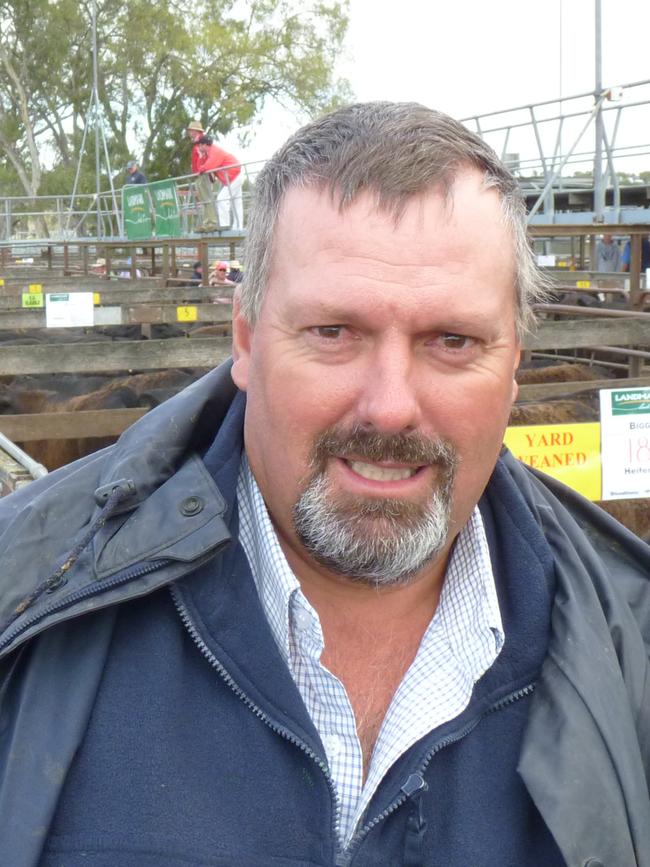
Other producers “sold all their heifers to make room for the cows and calves only”.
All of Agriculture Victoria’s deep soil moisture probes in south west Victoria show less than 25 per cent moisture, and down to zero in places like Hamilton. Normally, the profile would be saturated in June.
Nutrien agent Josh McDonald said Thursday’s Mortlake store sale had 6100 listed.
“A lot of clients have bought a lot of feed, but now they are destocking,” Mr McDonald said.
“There won’t be a hell of a lot of cattle (later in the year), our numbers have lightened right off,” he said.
The selldown provided opportunities for profitable light heifer trades for those with feed, StoneX analyst Ripley Atkinson said.
Light heifers weighing 250kg, now average 200c/kg – 60c/kg or $150 a head, less than steers in Victoria. In Queensland, the gap was 100c/kg. In the past decade, the average between steers and heifers was 30c/kg.
This represented a good trade when feedlot or processor grids were only 10-20c/kg behind on heifers.
“The market – most but not all – are asleep at the wheel in terms opportunity heifers are presenting, relative to restocker steers on a price spread basis for a trade,” Mr Atkinson said.
Restocker yearling heifers were 37 per cent below the five year average, and 25 per cent below 10 year averages, whereas steers were down 24 and nine per cent respectively.
Ballarat also has 5000 store cattle listed for Friday, and Xavier Bourke of TB White and Sons said conditions to the west were much drier than normal with some producers selling early.
